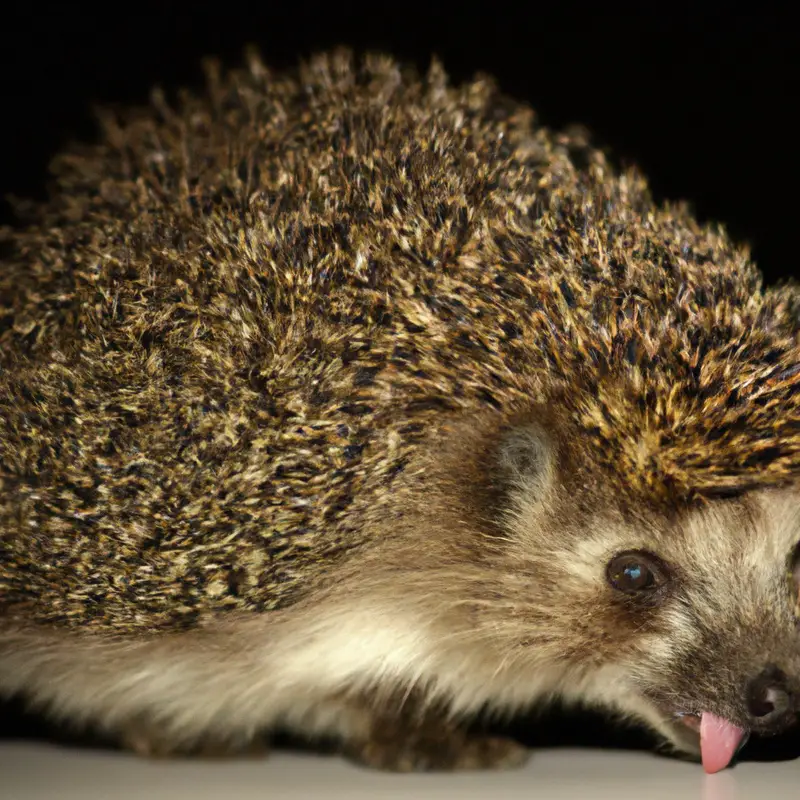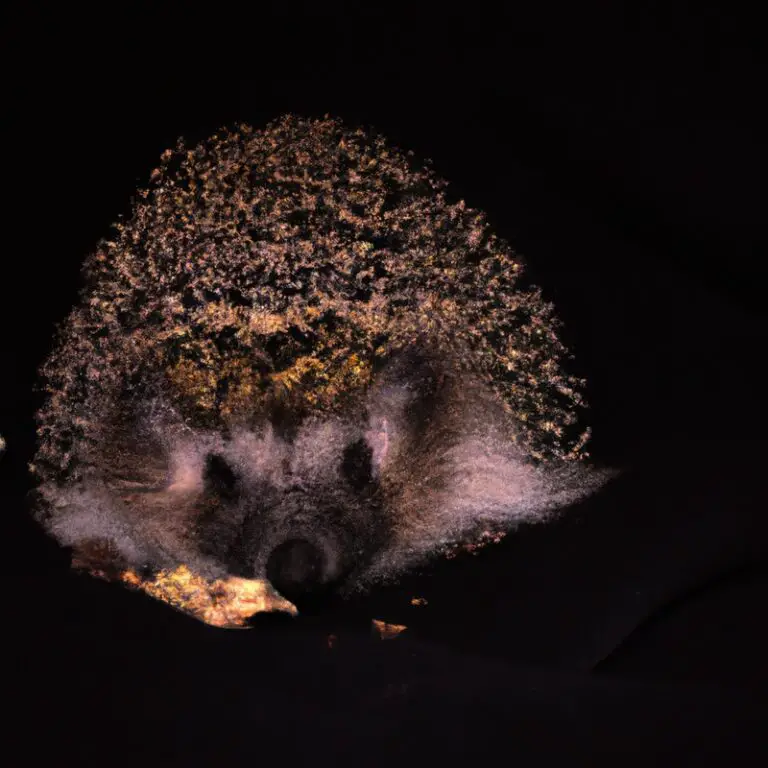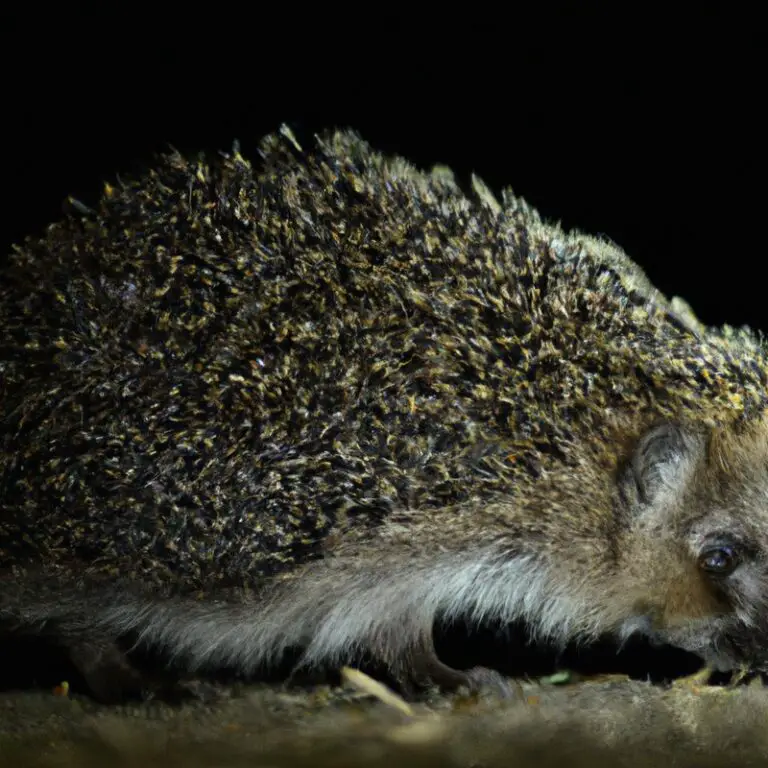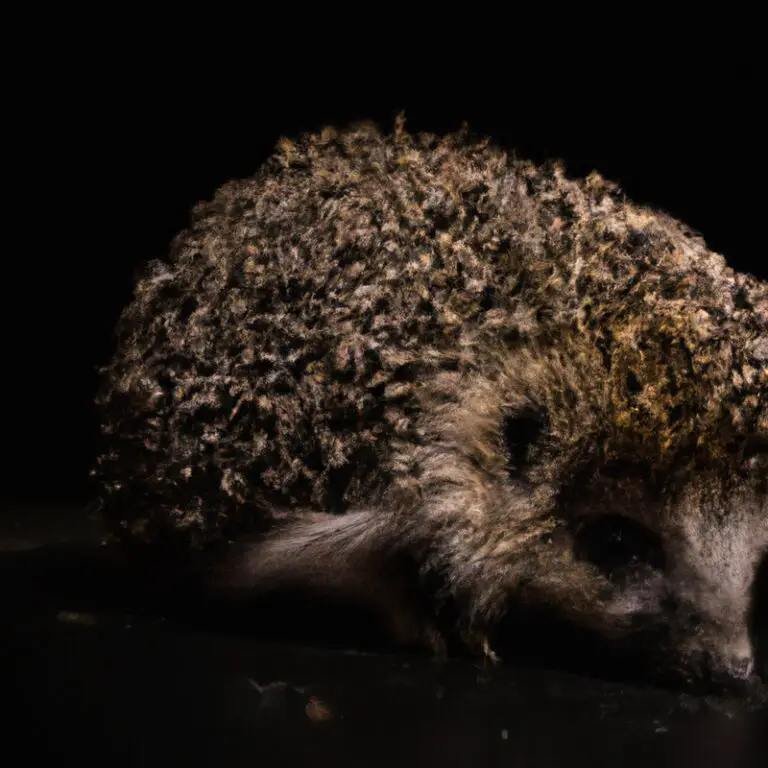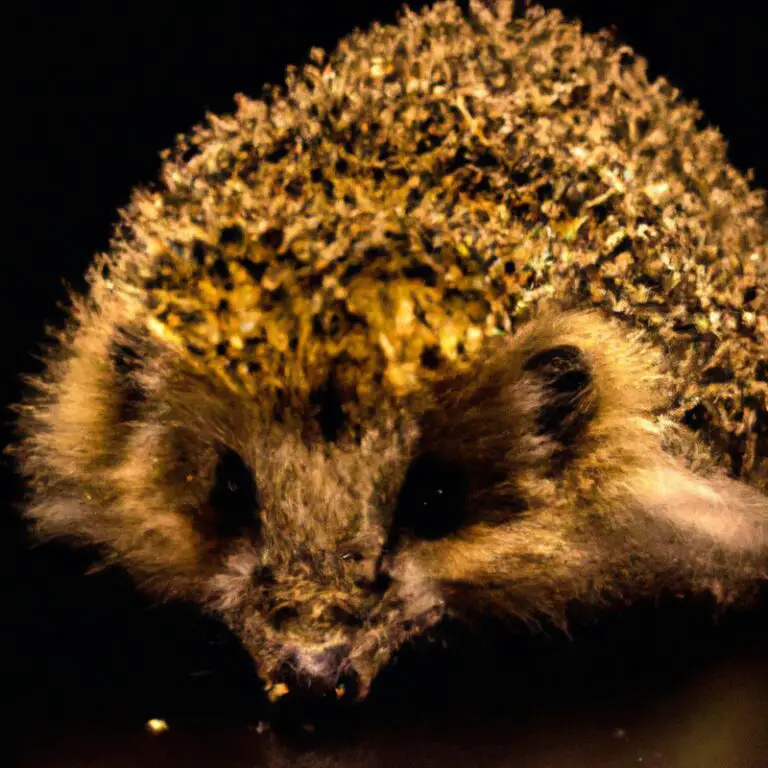What Is The Significance Of Hedgehogs In Literature?
Key Takeaways:
- Hedgehogs often symbolize individuality and self-preservation in literature.
- Hedgehogs are commonly used to represent vulnerability and protection in storytelling.
- Hedgehogs can serve as a metaphor for the balance between defense and openness in literary works.
- The presence of hedgehogs in literature highlights the themes of resilience and adaptability.
Have you ever wondered why hedgehogs have carved out a cozy space for themselves in the world of literature?
These adorable spiky creatures hold a certain charm that sparks the imagination of writers and readers alike.
From their symbolism and metaphors to their roles as endearing characters, hedgehogs have made their mark in countless literary works.
They have weaseled their way into fables, myths, and even modern novels, captivating audiences with their unique qualities.
In this blog, we will explore the significance of hedgehogs in literature, uncovering their hidden meanings and highlighting some popular works that feature these prickly protagonists.
So, let’s embark on this literary adventure together and discover the magic behind hedgehogs in literature!
| Hedgehog in Literature |
|---|
| Significance |
| Examples |
The Charm of Hedgehogs in Literature
Hedgehogs bring a unique and captivating charm to the world of literature.
Symbolism and Metaphors
Symbolism and metaphors play a significant role in literature.
They add depth to stories and help convey deeper meanings and emotions.
For example, in some stories, hedgehogs may symbolize vulnerability, protection, or the need for self-defense.
Metaphorically, a hedgehog’s quills can represent barriers or defenses that individuals put up to protect themselves from getting hurt.
These literary devices allow authors to convey powerful messages and evoke emotional responses from the readers.
They add layers of meaning and enable readers to engage with the text on a deeper level.
Hedgehogs as Characters
Hedgehogs as characters in literature are often portrayed as lovable and endearing creatures.
They are depicted as small, prickly animals who possess a quiet wisdom and gentle nature.
Hedgehogs are often used to symbolize resilience, protection, and the ability to navigate through difficult situations.
Their unique physical characteristics, such as their spines and ability to roll into a ball, make them instantly recognizable and memorable.
As characters, hedgehogs often bring a sense of charm, innocence, and whimsy to the stories they appear in.
They are beloved by readers of all ages and continue to captivate our imaginations.
Hedgehogs in Fables and Myths
In fables and myths, hedgehogs often symbolize protection and defense.
They are commonly depicted as wise and cautious creatures who use their spiky exteriors to ward off predators.
Hedgehogs represent resilience and self-preservation in stories from various cultures, highlighting their ability to navigate challenges and protect themselves.
In folklore, they often serve as metaphors for individuals who are prepared and guarded against dangers.
Popular Literary Works Featuring Hedgehogs
Hedgehogs have made their way into numerous literary works, captivating readers with their charm and unique characteristics.
Some popular literary works featuring hedgehogs include:
- “Mrs. Tiggy-Winkle” by Beatrix Potter: This beloved children’s book tells the story of a young girl who encounters a kind-hearted hedgehog named Mrs. Tiggy-Winkle. It highlights the hedgehog’s gentle nature and their ability to take care of others.
- “The Elegance of the Hedgehog” by Muriel Barbery: This thought-provoking novel follows the lives of a wise concierge named Renée and a precocious young girl named Paloma. The hedgehog is used as a metaphor for hidden beauty and intelligence.
- “The Tale of Mrs. Tittlemouse” by Beatrix Potter: Another delightful tale by Beatrix Potter, this book features Mrs. Tittlemouse, a meticulous hedgehog who takes great pride in keeping her home clean and tidy.
- “The Hedgehog and the Fox” by Isaiah Berlin: In this philosophical essay, Berlin explores the contrasting nature of hedgehogs and foxes. Hedgehogs symbolize individuals who view the world through a single lens, while foxes embrace complexity and nuance.
These literary works showcase the enduring appeal of hedgehogs in storytelling, reminding us of their endearing qualities and the lessons they can teach us.
Frequently Asked Questions (FAQs)
Sure, here are the FAQs about the significance of hedgehogs in literature:
1. Why are hedgehogs often featured in literature?
Hedgehogs have been a popular choice in literature due to their unique physical characteristics and symbolic representation.
They are often portrayed as curious, solitary creatures that embody resilience, adaptability, and independence.
2. What do hedgehogs symbolize in literature?
In literature, hedgehogs often symbolize wisdom, protection, vulnerability, and the balance between softness and strength.
They can represent the human condition, navigating through life’s challenges while maintaining a gentle exterior.
3. Are there any famous novels or stories featuring hedgehogs?
Yes, several well-known works of literature feature hedgehogs.
Examples include Beatrix Potter’s “The Tale of Mrs.
Tiggy-Winkle,” Lewis Carroll’s “Alice’s Adventures in Wonderland,” and Franz Kafka’s “The Metamorphosis.”
4. How do hedgehogs contribute to the themes of the stories?
Hedgehogs enhance the themes of these stories by adding depth and symbolism.
Their portrayal as quirky, enigmatic creatures adds an element of mystery and intrigue, enriching the narrative and engaging the reader on multiple levels.
5. Is there a particular reason authors choose hedgehogs over other animals?
Authors often choose hedgehogs because they provide a unique combination of characteristics.
Their thick spines and protective behavior serve as metaphors for self-preservation and inner strength, making them appealing choices to convey complex emotions and ideas.
Remember, hedgehogs in literature are more than just cute critters.
They have a profound impact on the storytelling, evoking feelings and representing various concepts that resonate with readers.
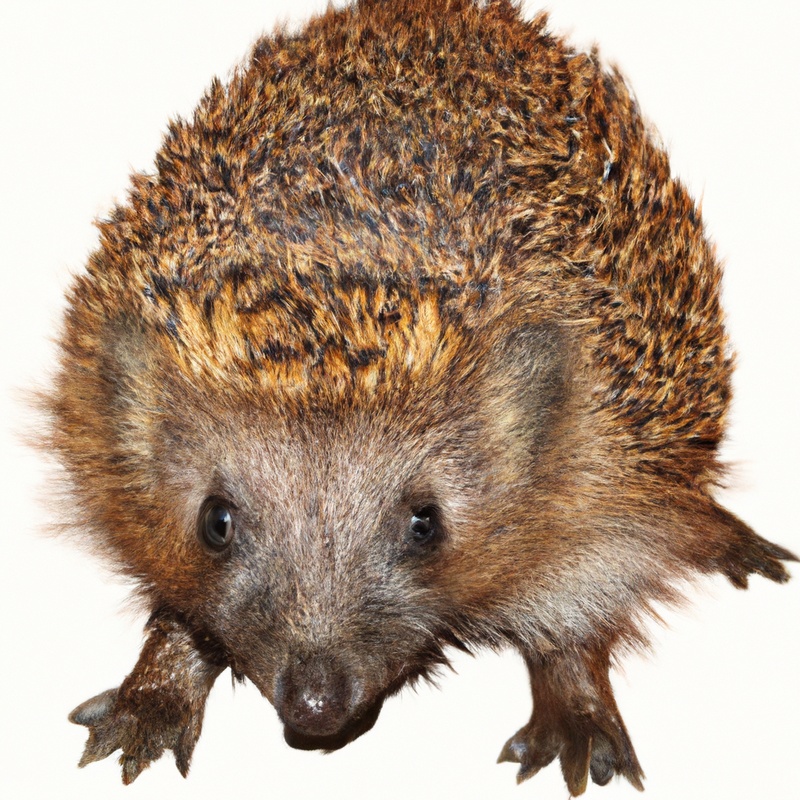
Final Verdict
Hedgehogs hold a significant place in literature, captivating readers with their symbolism, cuteness, and resilience.
They serve as metaphors for vulnerability and protection, representing the complexities of human emotions.
Hedgehog characters often bring charm and depth to stories, evoking empathy and teaching valuable lessons.
We find hedgehogs in fables and myths, showcasing their enduring presence through generations.
Popular works like “Alice’s Adventures in Wonderland” and “The Chronicles of Narnia” feature hedgehogs, leaving a lasting impression on readers.
So, next time you come across a hedgehog in literature, appreciate its profound meaning and the lessons it imparts.

